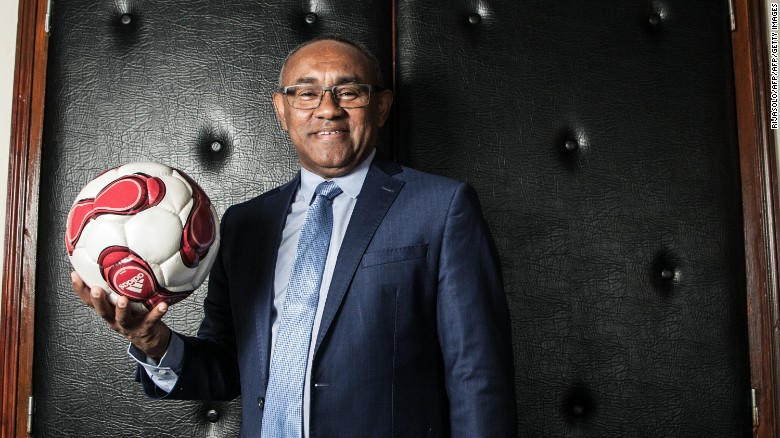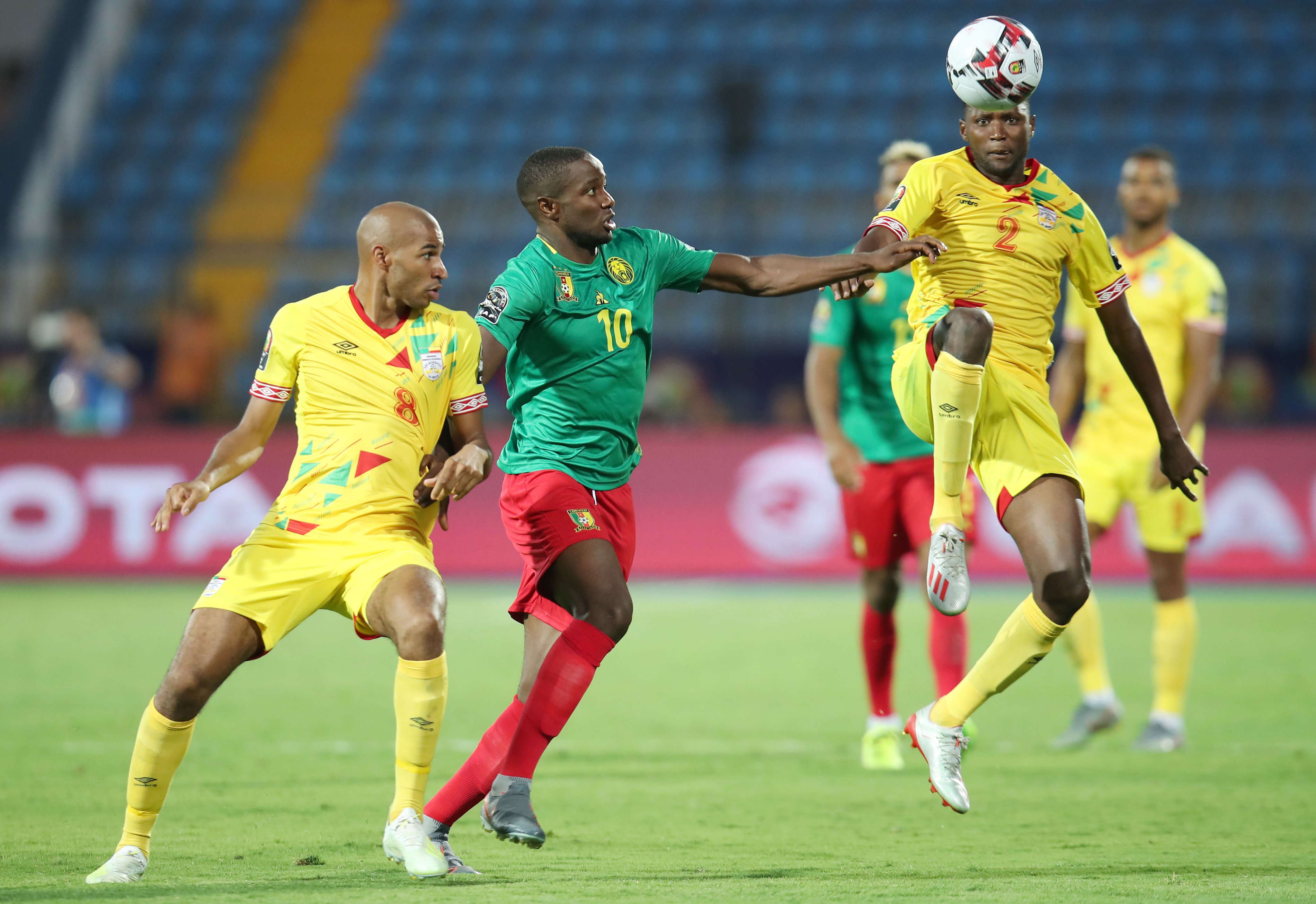
The Confederation of African Football (CAF), led by President Ahmad converged at the International Conference Centre, Mohammed VI, Skhirat, Morocco, for a symposium on the development of African Football.
Highlights of the two-day symposium Includes discuss on a change in date of the Africa Cup of Nations, as well as a possible expansion of the tournament to 24 teams. There will also be talks on changing the host of the next edition to Morocco‚ who are set to take over the 2019 finals from Cameroon. Morocco opted out of hosting the AFCON in 2012 due to break out of the Ebola virus in most part of Africa.
African football legends aren’t left out as they dialogue about legacy for players and how to help young African footballers better prepare for life after career. Of all, that which spawns more conversations and divided opinions is the expansion of the tournament to 24-teams format and change in date of the biennial championship.
CAF Symposium: NFF President Pinnick with FIFA SG Samoura (m) and African legends Jay Jay Okocha, Abedi Pele and Tony Baffoe pic.twitter.com/zyT5Bq7zHz
— The NFF ?? (@thenff) July 18, 2017
Typical, there are pros and cons regarding every decision.
The Blue Corner (Proponents) – Those in this divide believe the expansion provides an avenue for CAF, FAs, to cash in on improved financial deals once properly marketed. Also, the tournament will take on “Multi-hosting” or “Regional hosting” pattern which involves most from the 56 member associations. Even more, there are countries with an expansive capacity that have tolerable infrastructures able to accommodate a 24-team AFCON.
The Red Corner (Counter) – The people on here aren’t enemies of football or allergic to change. In fairness, they just see differently. AFCON is an elite tournament which only the best on the continent should compete in and an expansion is likely to take that prestige off the competition. Also, based on the economic challenges, there are very few countries that can host a 24-team Africa Cup of Nations adequately.
Transportation – it’s easy to relate the difficulty level to 75% as very few countries have direct flights to most capitals.
On change of date, the leadership of CAF set up a committee to access the possibility of the competition transformation. Members made it lucid that the real actors (national team coaches and players) most of whom are based abroad were contacted to solicit opinion on a change of date for the competition. The response was near unanimous that June/July was better off than January/February regardless of the “unfavorable” weather conditions and fatigue.
History: In 1957 there were only three participating nations: Egypt, Sudan and Ethiopia. The field grew to include nine teams for the third ANC in 1962 in Addis Ababa. The 1992 Cup of Nations expanded the number of final tournament participants to 12. The number of participants in the final tournament reached 16 in 1998.
As the aphorism goes, “the only thing constant is change.” How successful this experiment would become – only time will reveal.











